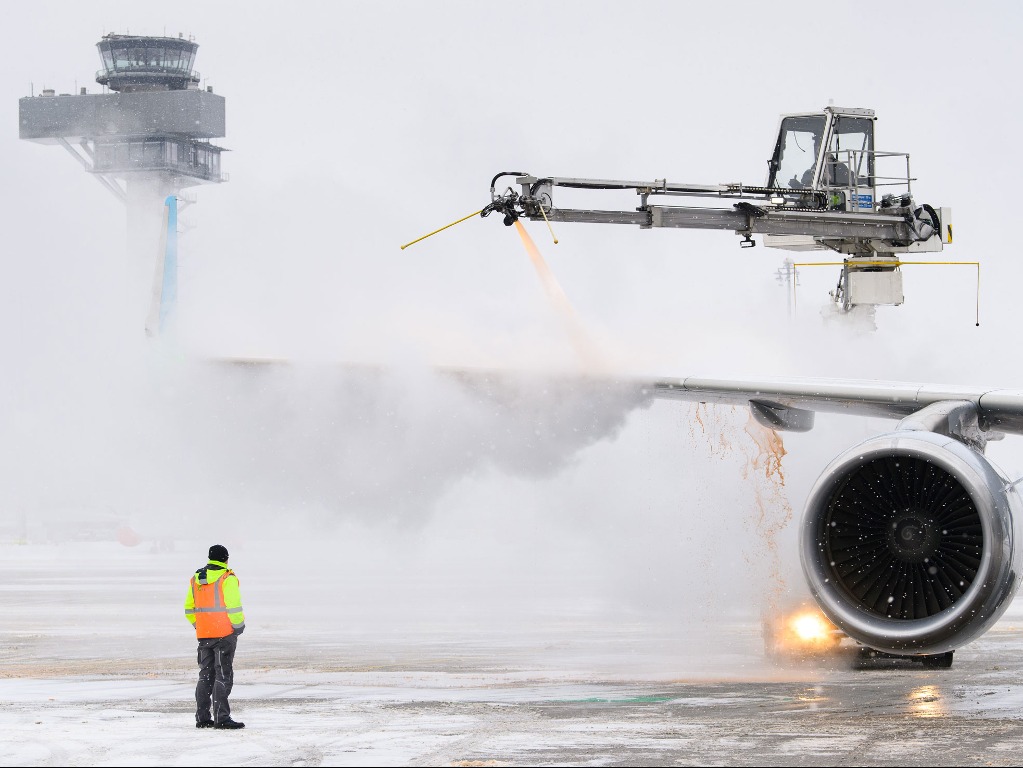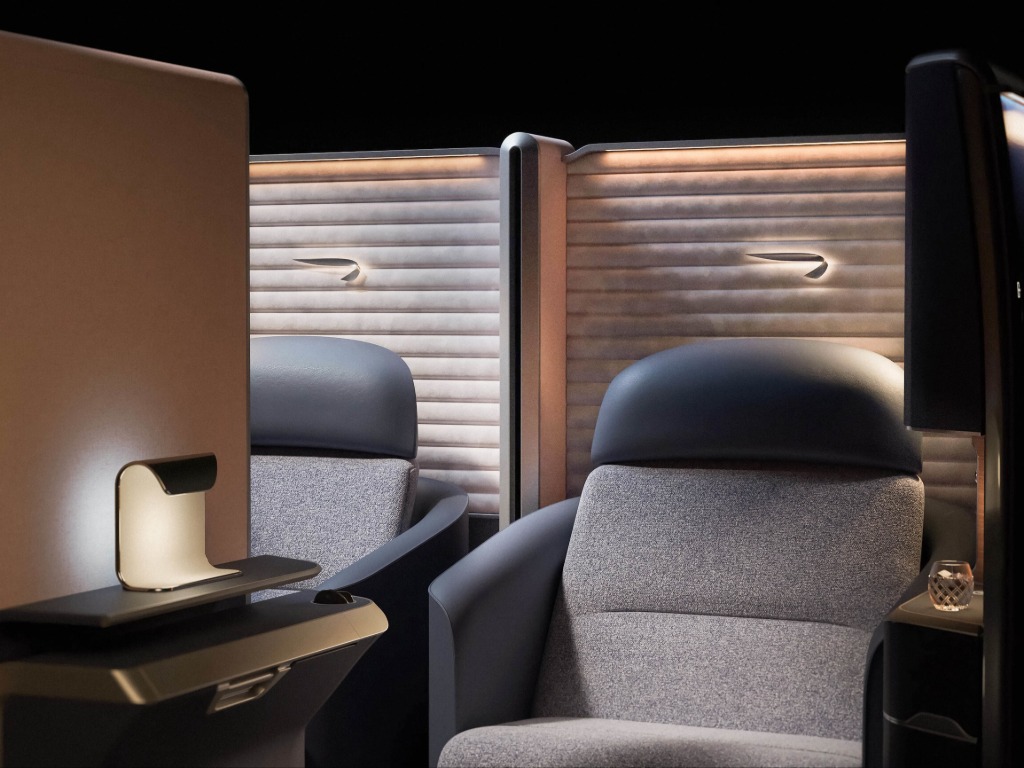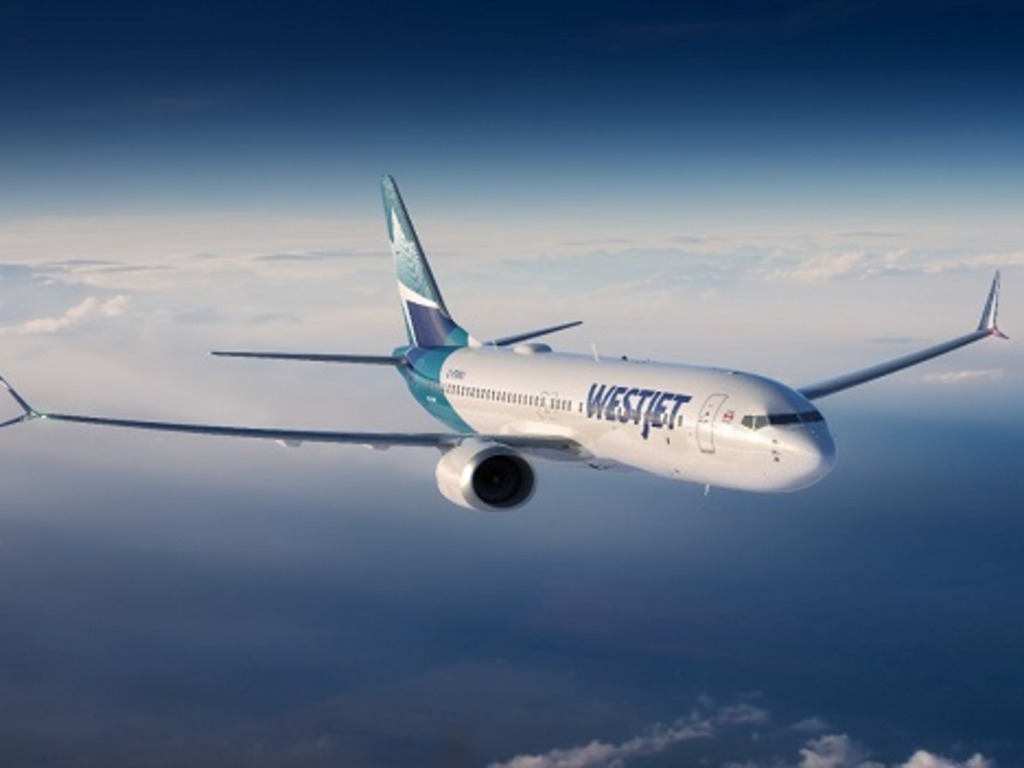Air Canada’s new De-Ice technology will prevent significant delays

In an historic first, Air Canada will deploy De-Ice systems on its Airbus A320-series aircraft this winter.
While the majority of chemical spray ice removal processes add approximately 30 to 45 minutes to the journey, De-Ice uses electromagnetic technology to de-ice aircraft sustainably, while meaningfully reducing the departure delays and the carbon footprint.
“De-Ice is proud to introduce our product to the world with Air Canada,” said Alexander Bratianu-Badea, co-founder, De-Ice. “Flight delays and the excess carbon emissions caused by chemical-based de-icing will be a thing of the past.”
How De-Ice works
The De-Ice system consists of tape-like strips attached to the exterior of the airplane. The strips connect to proprietary electronics inside the aircraft.
When activated by the pilot, the De-Ice system generates high-frequency current, causing electrons on the surface of the plane to jiggle, generating heat. This melts snow and ice during the boarding process, leaving the aircraft ice-free and ready for takeoff by the time the plane is ready to pull back from the gate.
“Not only will De-Ice technology be positive for our customers by reducing delays related to the conventional method of aircraft ice removal, but the environmental benefits of chemical-free de-icing and associated lower fuel consumption are in line with Air Canada’s commitment to a net zero emissions goal from all global operations by 2050,” said Murray Strom, senior vice-president, flight operations and maintenance at Air Canada. “We have long been an innovative company, having pioneered many winter flying safety measures, and we are proud to be the first airline in the world that will install this technology, which will be the first major advancement in de-icing technology in decades.”
Photo courtesy Getty Images


